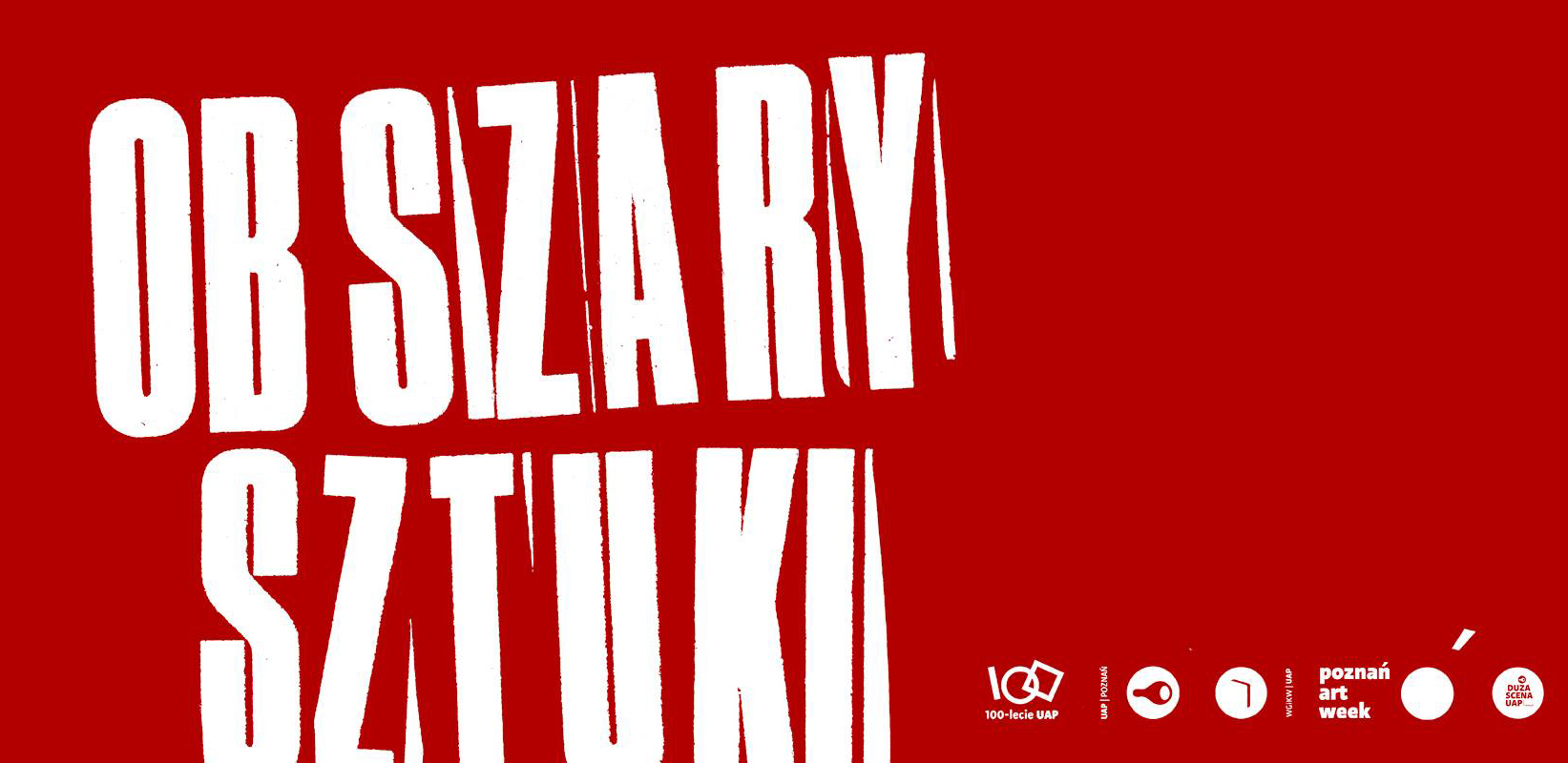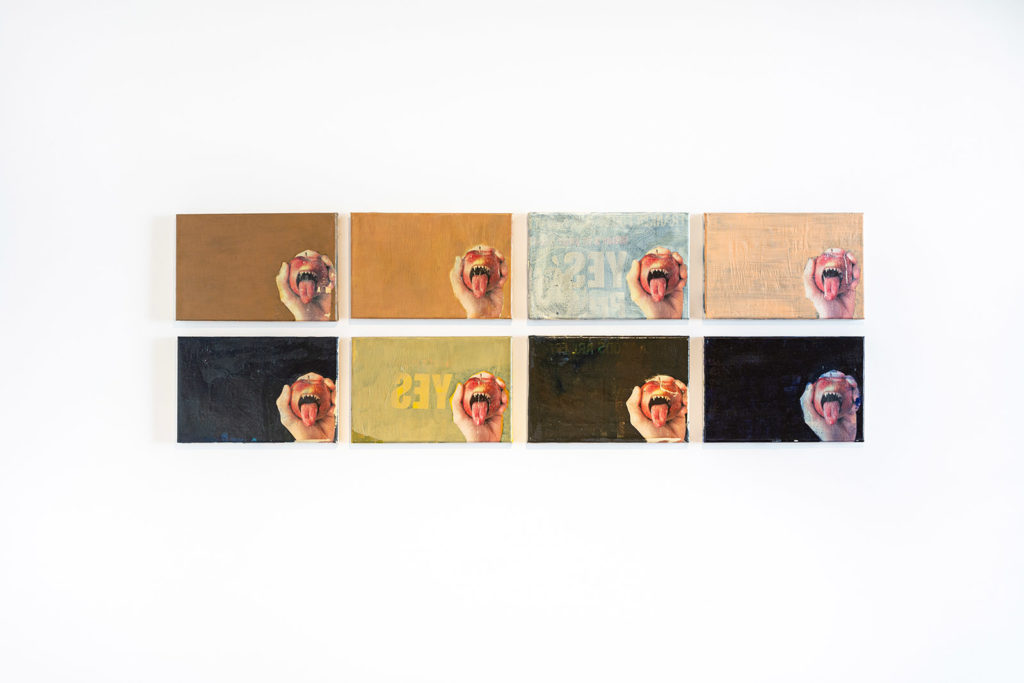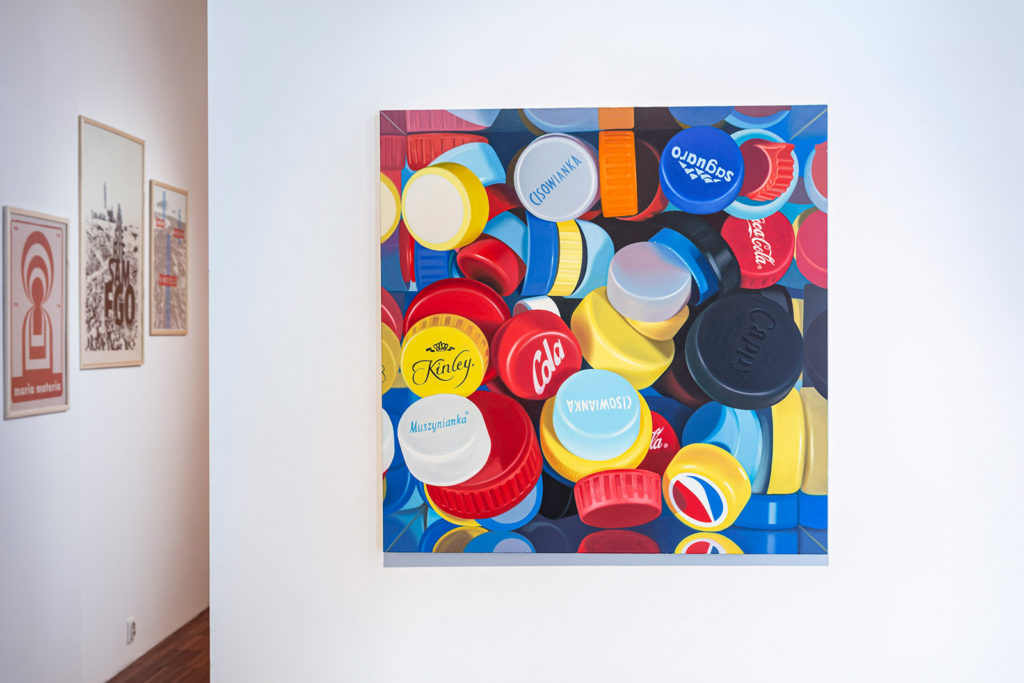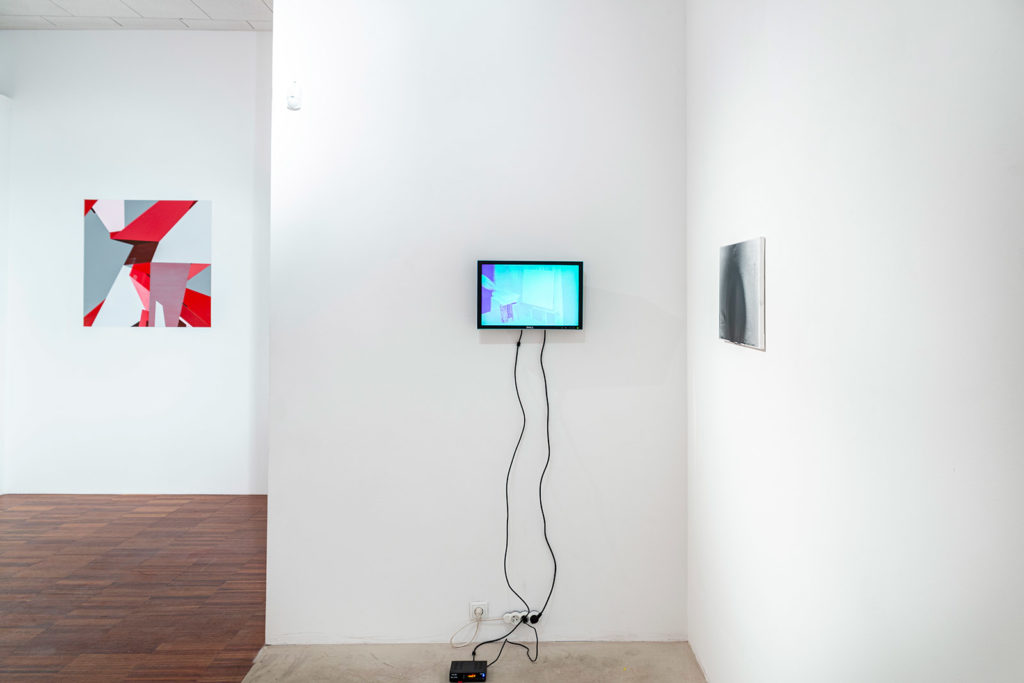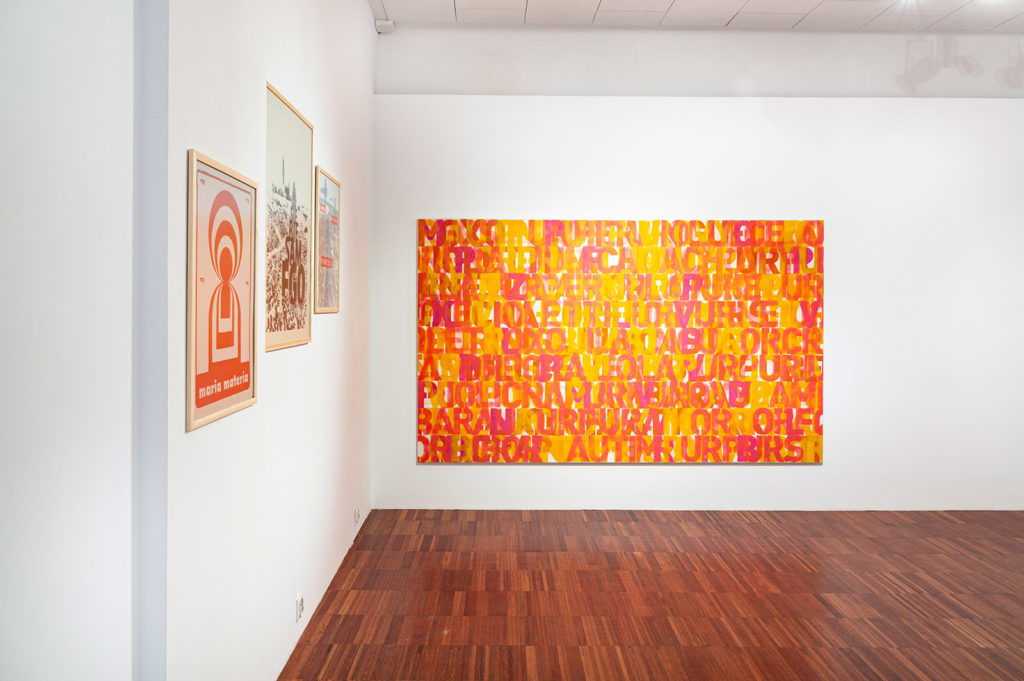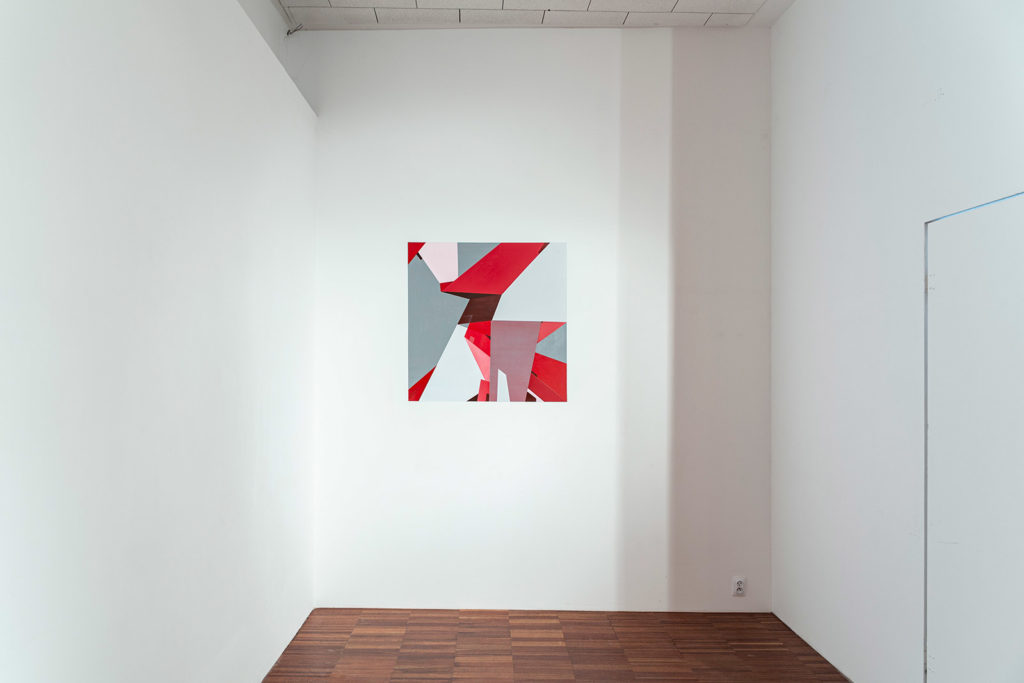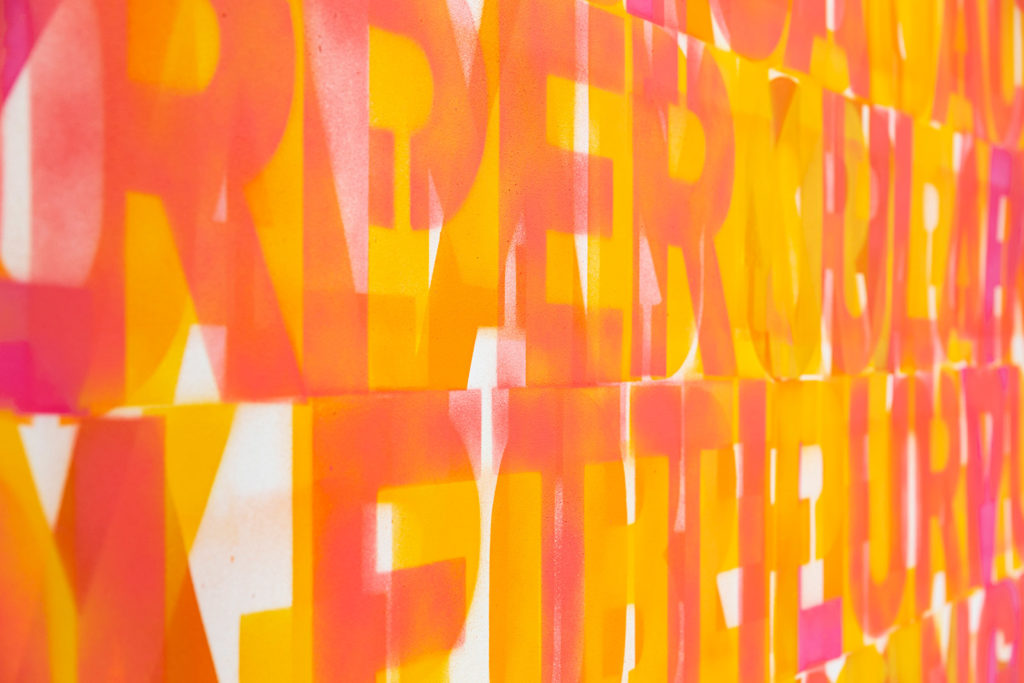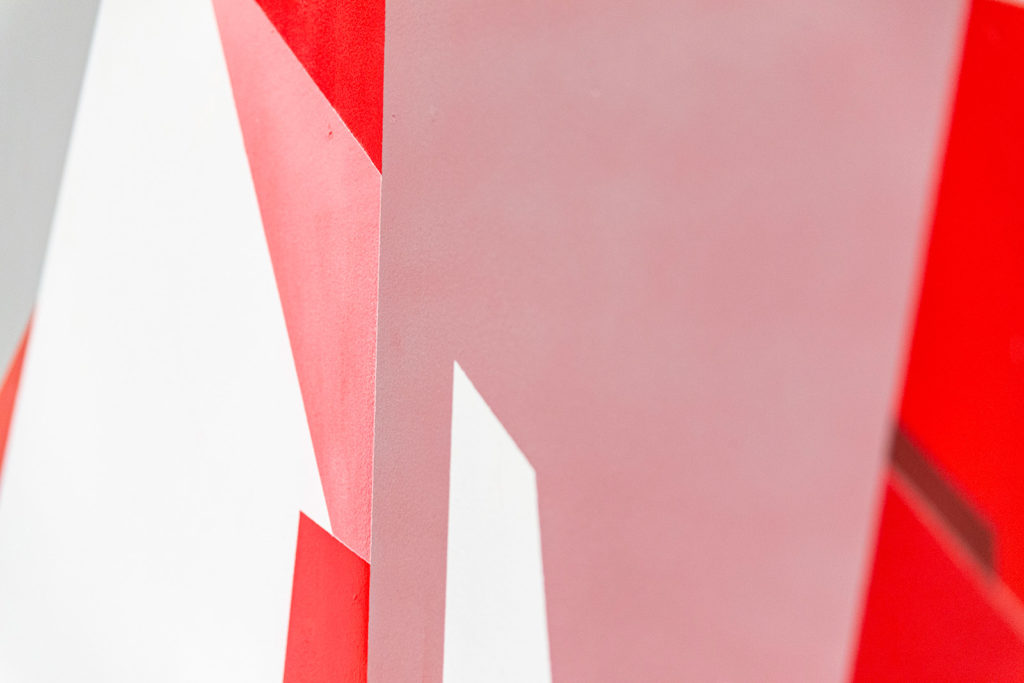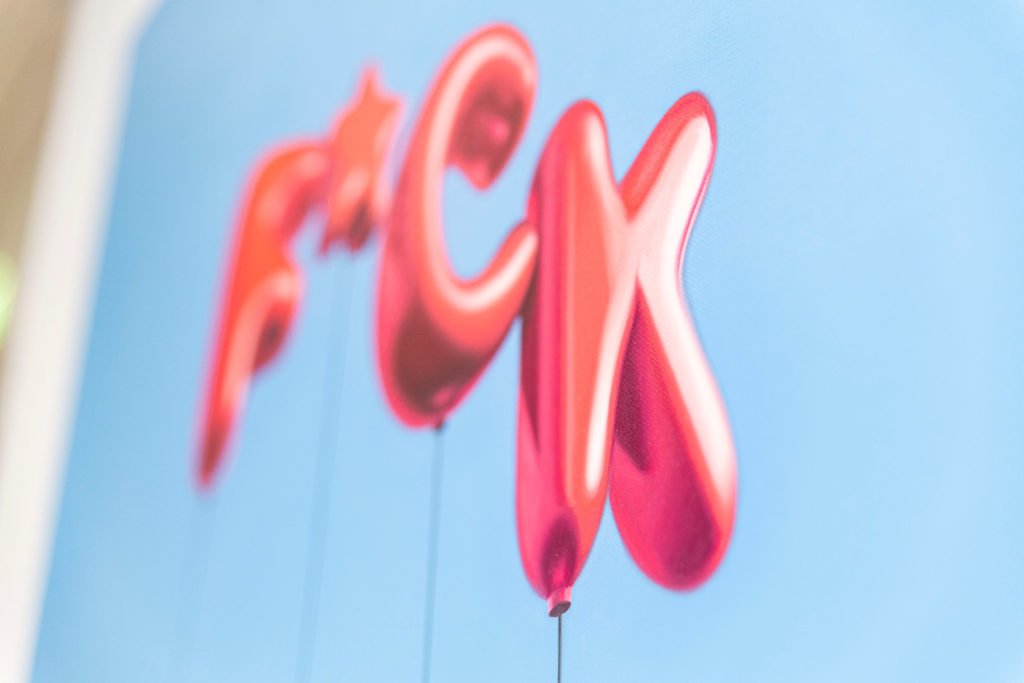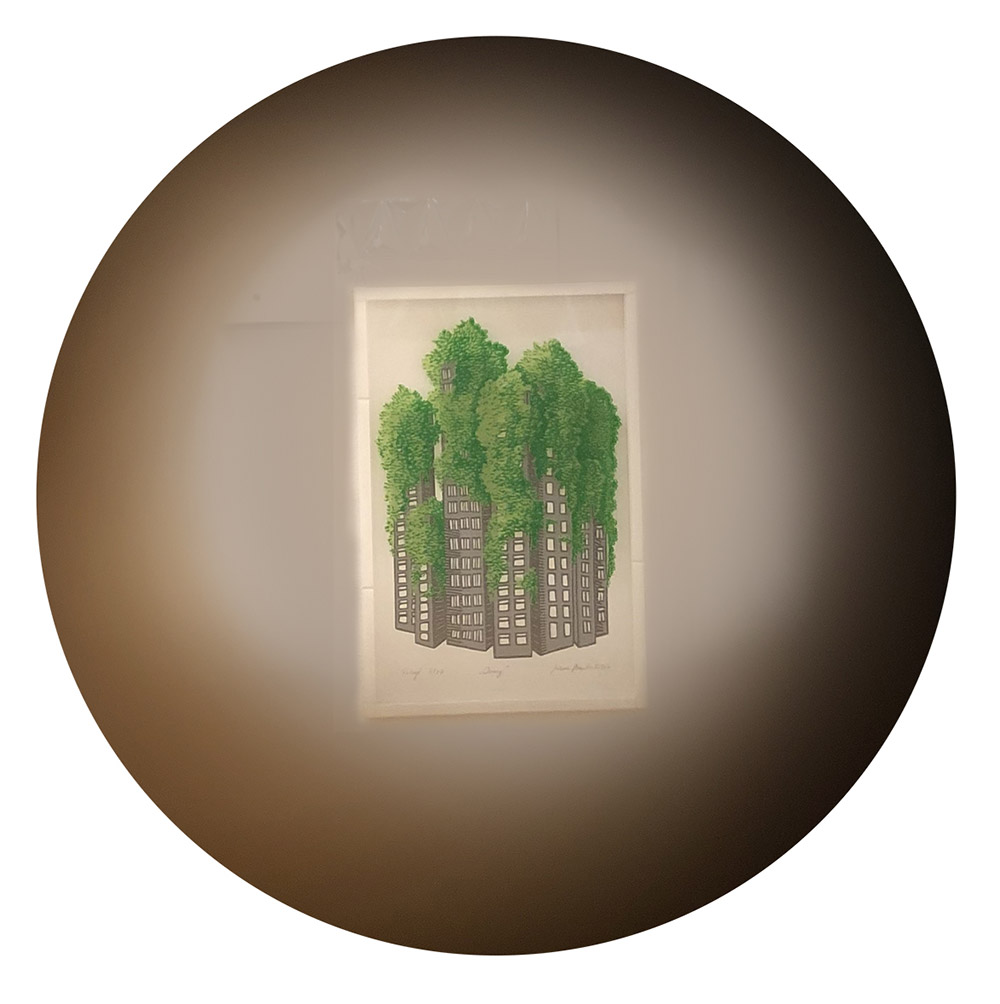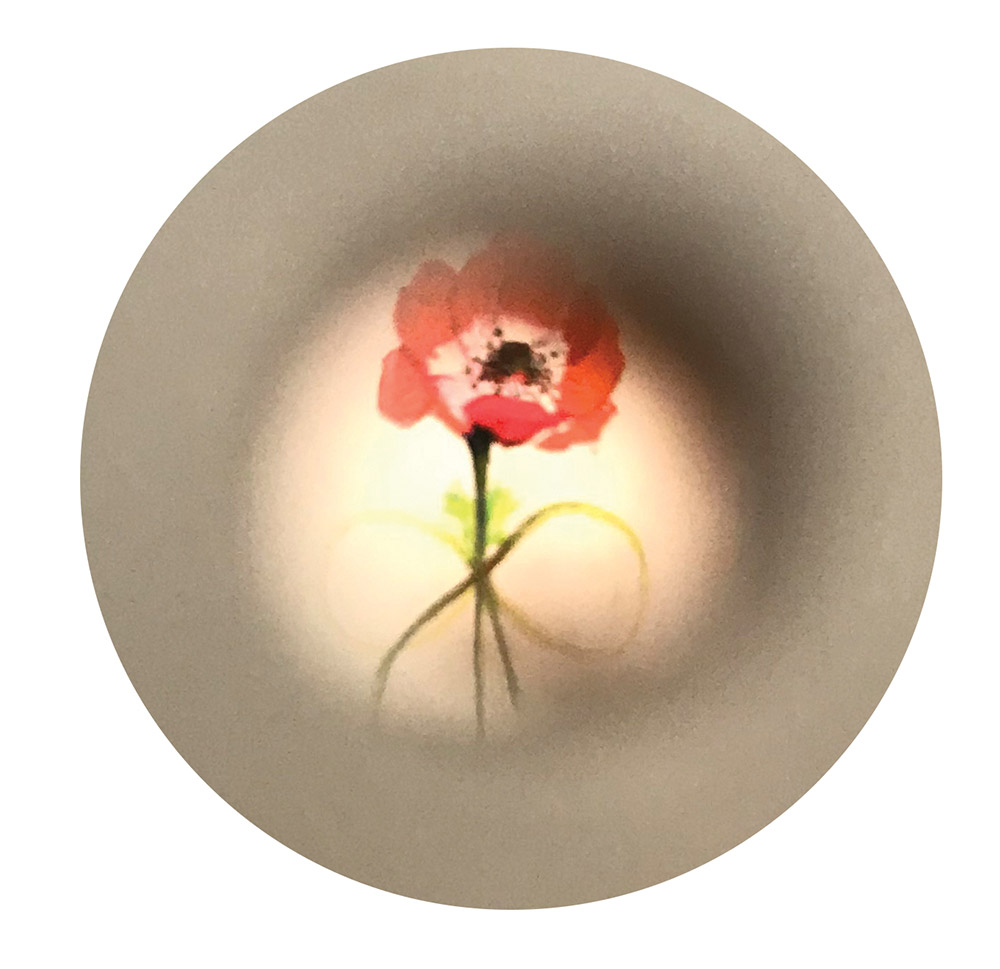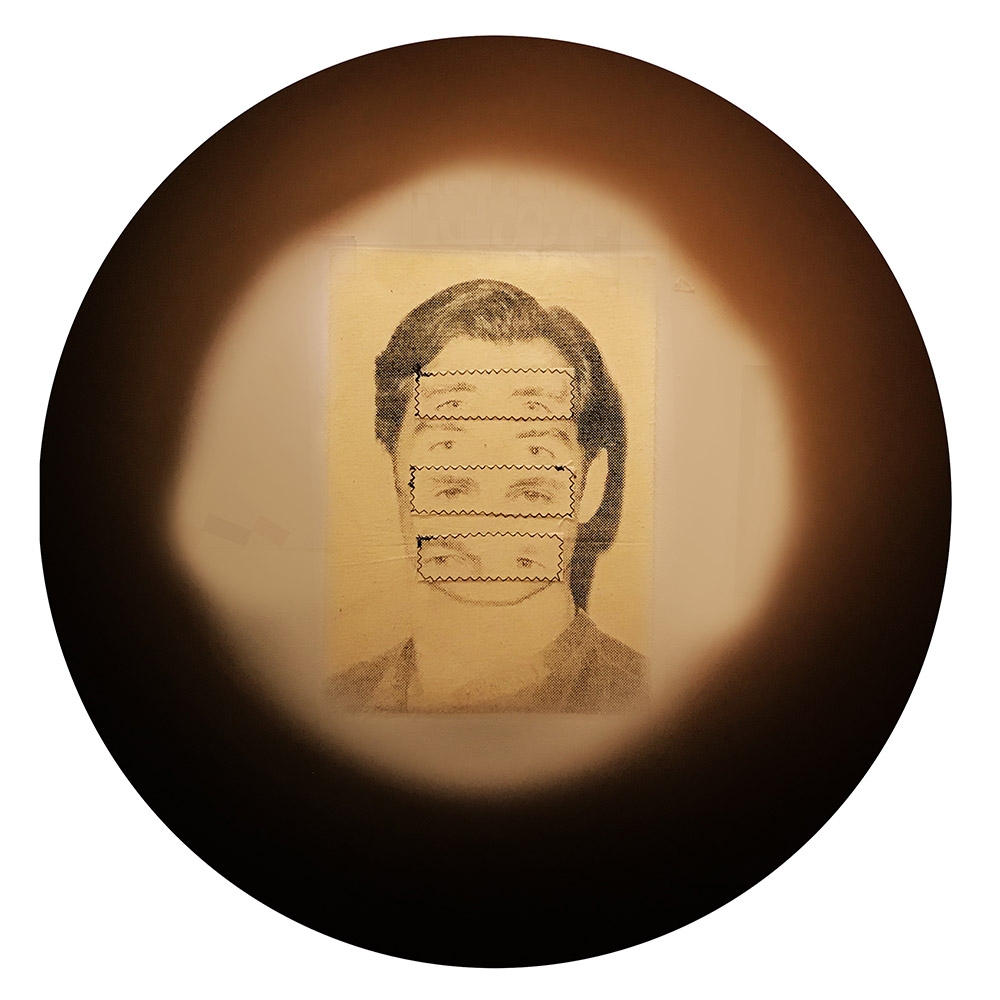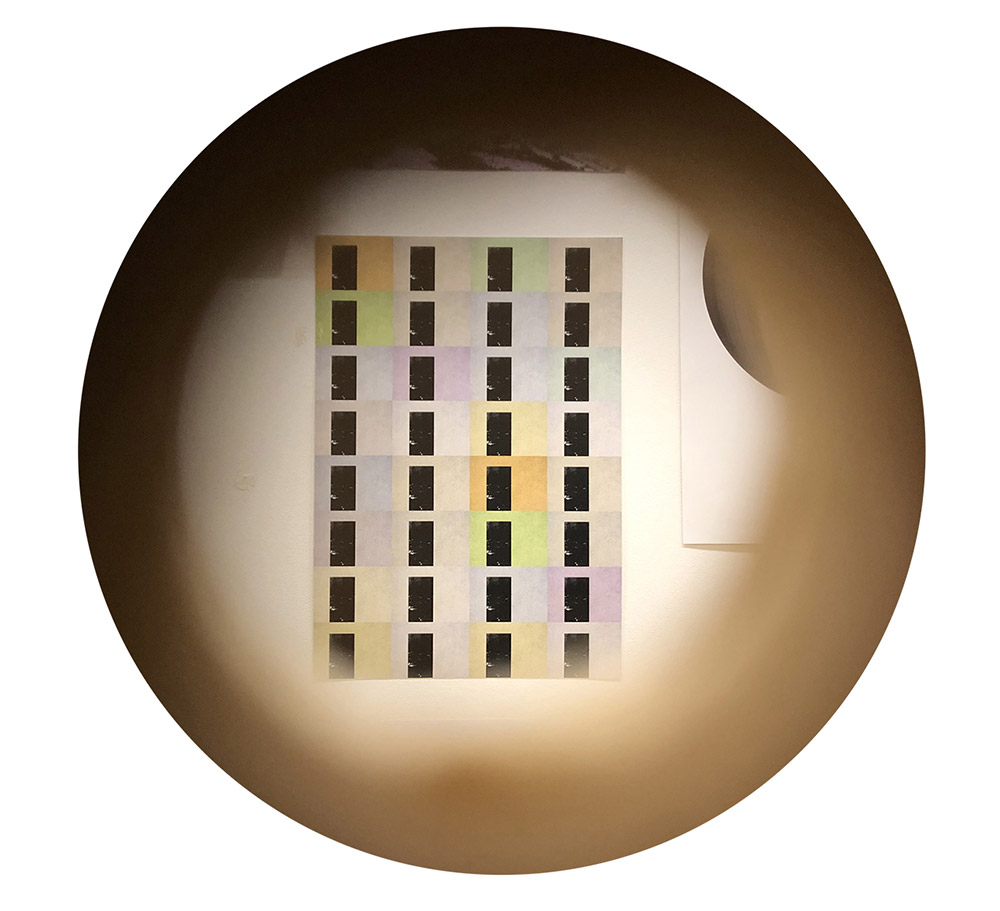Group exhibiton
THIS WAS AN ACCOMPANYING EXHIBITION OF THE AREAS OF ART COMPETITION EXHIBITION OF THE 39TH EDITION OF THE MARIA DOKOWICZ COMPETION
21 May–30 June 2020
(the gallery is open Tue. – Sun. 14.00-18.00)
Galeria Duża Scena UAP, Miejskie Galerie UAP
ul. Wodna 24, Poznań
Curator: Maciej Kurak
Artists:
Andrzej Bobrowski
Agnieszka Maćkowiak
Milena Hościłło
Maciej Kurak
Radosław Włodarski
Maciej Kozłowski
Ula Szkudlarek
Martyna Pakuła
Piotr Szurek
Maryna Mazur
Aleksandra Kosior
Stefan Ficner
Maksymilian Skorwider
Dorota Jonkajtis
Grzegorz Nowicki
Krzysztof Balcerowiak
Michał Tatarkiewicz
Witold Modrzejewski
Jarosław Janas
Tomasz Jurek
Piotr Macha
Jakub Czyszczoń
Zbigniew Taszycki
Sławomir Toman (courtesy of ABC Gallery)
Monika Pich
Oskar Dawicki (courtesy of Galery Raster, Warsaw)
Mariusz Libel
Twożywo (courtesy of Trupa Twożywo)
Łukasz Wyśmierski
incuding:
artists participating in the meta-exhibition SYSTEM
THE AREAS OF ART
Throughout the twentieth century, art combined various media spaces and annexed other areas of social life (politics, science, education). Multidirectional discussions taking account of current problems brought art closer to everyday life, thus moving it away from elitism1 and exclusivity.
Paradoxically, due to the professionalisation of art2, it is respected only by a small group of people interested exclusively in what they create. Mass culture, which was particularly influenced by industrial development, caused an outflow of people to cities. This gave rise to the middle class, which was characterised by mediocrity and filled their leisure time3 with easy and widely available culture. Technological development forced proper work organisation and influenced new social behaviour. The developing industrial culture supported the economic system by imposing on society values that were derived not only from work organisation (Taylorism), but also from favouring a culture of practicality, efficiency and the systematisation and specificity of individual activities, including art. Classification of social activities explained the professionalisation of fields and was based on ideological rationalism, which was guided by what was true, good and right. As Herbert Marcuse states, ‘[t]he rationalist theory of society is essentially critical; it subjects society to the idea of a theoretical and practical, positive and negative critique.’4 It is stimulated by an individual who is influenced by, among others, a living situation and a social group subordinated to production and the current state of productive forces. Therefore, ‘[t]he necessity of acknowledging a fact or goal never follows from its pure existence; rather, acknowledgment occurs only when knowledge has freely determined that the fact or goal is in accordance with reason.’5 Economics supported by the economic system based on capital accumulation had a huge impact on particular areas of life. The stratification within culture divided it into high and low culture, but did not impede the development of each of them separately, within the limits of the accepted social order.
In the area of popular culture (in the nineteenth and twentieth centuries), simple literary, music and visual genres were developed, which were initially considered worthless as lacking in deeper content. Thrillers, love stories, vaudevilles, jazz and comics were characterised by transparency and simplicity of communication due to commercial reasons.
At that time, art, in opposition to mass culture, focused on its own world (art world). Concentrated on its ‘internal’ problems (art for art’s sake), it opposed infantilisation, regarding this feature as a degradation of positive values. The phenomenon of ‘art deartisation’ began in the times of avant-garde and was to ‘wake a viewer up from an aesthetic nap, which is identified with a conformist6’ and consumer attitude. Art, however, still blended into the market in a different way, producing artistic objects dedicated to wealthy people who felt the need to have exceptional things that went beyond mediocrity.
There is no obstacle to the fact that, unlike ‘smooth, nice and pleasant’ products of the cultural industry, deartised art cannot be simply consumed. According to the principle that ‘anything that resists can survive only if it becomes part of the system’, art is included in the system in a roundabout way.7
Twentieth-century art was treated ‘as a separate “esoteric” field which had no connection with social conditions and was only accessible to those having a sufficient amount of free time and open minds, unconcerned with worldly affairs.’8 It was only displayed in places designated for this (galleries, museums, exhibition spaces: fairs, exhibition halls). Hence, in avant-garde art, the pursuit of the utopian idea of freedom, associated with the elimination of the barrier separating art from life, is considered to be an unfinished project.
At present, art has a real impact on culture in the context of everyday life and stands against the scientistic vision of a fragmented world. Participation of art in life does not lead to the disappearance of its most important emancipation traits (freeing society from the stereotypes of functioning) responsible for creating new cultural patterns. Quite the contrary, it enables the inclusion of art in everyday life and opposing mass culture, which is based on standards, patterns and games of clichés. Artistic projects that participate in reality are most often socially involved. They create new situations and model progressive patterns. Thanks to them, you can go beyond schemes that are responsible for impeding development and limiting creative thinking. Positioning art closer to life or treating reality as an art form9 is not always positive. For example, artists wanting to be close to politics (especially during totalitarian regimes: Stalinism, fascism) often manifested their ideological commitment10, and their works gained propaganda value. In those cases, artistry was of secondary importance and was subordinated to the methods of articulation responsible for the transmission of content. Joining the discussion with other fields, art often became only a decoration (entertainment) that made considerations and research theories more attractive.
An important issue arising from the combination of art and life is participation or annexation of areas belonging to mass culture. The language of visual communication contributes to this universality. It is characterised by simplifications, condensed messages and strives for the greatest possible transparency of content. On the one hand, a transparent message is easy and legible in reception. On the other hand, it creates the regime of signification11 exerting pressure on the recipient. A message with a specific content created by an author in the most transparent way assumes a system that reduces the role of a recipient – the activity involves solely the assimilation of content. This type of communication is composed of active (creator) and passive (recipient) attitudes. The ‘transparent message’ system favours the sender by forcing the recipient to understand and limits their participation in the experience.12 This form of communication makes it possible to distribute information, and the transparency contained in it promotes objectification of the recipient, who is treated in a standard rather than individual way. ‘Communication occurs because it uses closed concepts and only comes down to them. In this way … nothing significant can be said, nothing that we do not know yet … it can be said that nothing is communicated through communication.’13 By adopting an active attitude, the recipient realises that viewing is a form of action and that interpretation enables changes and reconfigurations to occur.
Emancipation begins when we challenge the opposition between viewing and acting; when we understand that the self-evident facts that structure the relations between saying, seeing and doing themselves belong to the structure of domination and subjection. It begins we understand that viewing is also an action that confirms or transforms this distribution of positions.14
As art wants to participate in public life, it interacts with the environment and uses the discussion with mass culture, but does not comply with the rules of popular culture. Constructing new patterns, it is not entirely legible to the recipient because it contradicts perception standards. An attempt to introduce alternative creative thoughts often raises a social conflict because it contradicts the popular belief that:
It is allowed to show anything as long as it does not depress and offend the recipients and nothing else. Correct living standards exclude art … . Art must diverge from accepted moral and aesthetic views, in any case those that exist in the mind of the recipients.15
The proper goal of art is to support communication and enable new forms of communication. It protects society against falling into habits and prejudices. The works presented at the exhibition entitled The Areas of Art refer to visual communication and use the language of mass culture. They enter into relations with common media by referring to everyday life, including 1: 1 art or material realism.16 They use the language of mass culture to deconstruct the message and shift ‘the centre of gravity that lies within them, and not in relation to what is depicted.’17 Associated with popular culture, they do not focus on simple communication, but on a multifaceted message. The works refer us to the language of communication and mass media culture. Based on these values, they revise the principles of creating a message in art, often revealing the imperceptible mechanisms of systems’ operation. Acting as a medium, a mediator, they pay attention to the problems of the contemporary functioning of an individual in society. The authors of the works use elements transferred from popular culture, which they subtly modify and equip with new elements, thus creating alternative systems and spaces. They are in opposition to the oppressive, systematised and homogeneous culture based on a commercial approach. The presented works are multi-element compositions, and each element contributes to the whole in spatial, semantic and cultural contexts.18
Referring to Dewey’s theory, the authors of the works focus on the quality of perception, which is characteristic of experiencing art. They distance themselves from recognition characteristic of messages in mass culture. Recognition is the identification of a thing that is based on superficial experience (after recognition, the identification process is interrupted). Due to its superficiality, recognition omits important elements of the subject (a work of art), which co-create the content, such as the exhibition method, the materials from which the works are made and the spatial context. If a displayed item is simplified and reduced to detail-free abstraction, as is the case with road signs, recognition occurs most strongly. A recognition-based message provides information that is easy to receive by the masses.
Perception in relation to recognition makes it possible to obtain a greater qualitative and meaningful wealth of an artwork, making it possible to bring out its individual features. As a consequence, perception allows a recipient to gain distance from reality and triggers alternative reflections. It allows ‘”qualitative thinking”, characteristic of aesthetic perception’19 to overcome the contemporary dominant abstract thinking, which is used in the process of increasing capital and in this form co-creates mass culture.
The exhibition entitled The Areas of Art accompanies the 39th Maria Dokowicz Competition organised by the University of the Arts in Poznań in 2019 and 2020.
Maciej Kurak
- In the twentieth century, a large number of artists contributed to mixing high and low culture; Marcel Duchamp played the most significant role in this regard. [↩]
- Art as a specialised field is treated as an element of fragmented reality. It includes a strictly defined fragment of human activity, of less importance than science. Consequently, it is reduced to entertainment, addition or luxury. [↩]
- ‘After 1919, in most European countries, with the active participation of the International Labour Office, an eight-hour work day was introduced by law and included in employment contracts …. The problem of free time was really created only by the fact that a large group of mainly industrial workers received a certain number of free hours’. Andries Sternheim, Przyczynek do problemu organizacji czasu wolnego, [in:] Szkoła Frankfurcka, Vol. I, Warszawa: Kolegium Otryckie, 1985, p. 181 (my translation). [↩]
- Herbert Marcuse, Negations: Essays in Critical Theory, London: MayFly, 2009, p. 9. [↩]
- Ibidem, p. 9. [↩]
- Rafał Czekaj, Krytyczna teoria sztuki Theodora W. Adorna, Kraków: TAiWPN UNIVERSITAS, 2006, p. 62 (my translation). [↩]
- Rafał Czekaj, op. cit., p. 68 [↩]
- Sebastian Stankiewicz, Estetyka pragmatyczna – projekt otwarty, Kraków: TAiWPN UNIVERSITAS, 2012, p. 54 (my translation). [↩]
- This applies to projects implemented according to J. Dewey’s aesthetics, one of the main theses of which says that art is connected not so much with the subject, but with experience (e.g. 1: 1 art described by Stephan Wright in: Stephen Wright, Toward a Lexicon of Usership, Eindhoven: Van Abbemuseum, 2013, and material realism – publication in preparation, Maciej Kurak (ed.). [↩]
- According to, for example, Theodor W. Adorno, no art is devoid of ideology. Even the so-called art for art’s sake, which is in opposition to society, circulates in the market and thus functions in accordance with a certain ideology. [↩]
- The regime of signification involves favouring the creator and subordinating the viewer: ‘Thus, the spectator is discredited because she does nothing, whereas actors on the stage or workers outside put their bodies in action.’ Jacques Rancière, The Emancipated Spectator, London: Verso Books, 2009, p. 12. [↩]
- In opposition to the message in art, the recipient is active. ‘The product od art – temple, painting, statue, poem – is not the work of art. The work takes place when a human being cooperates with the product so that the outcome is an experience…’, John Dewey, Art as Experience, New York: Penguin, 2005 p. 222. [↩]
- Rafał Czekaj, op. cit., p. 77. [↩]
- Jacques Rancière, op. cit., p. 13. [↩]
- Cf. Ernest van den Haag, Ernest van den Haag, Of Happiness and Despair We Have No Measure, [in] Mass Media and Mass Society, New York: Holt, Rinehart and Winston, 1968, p. 86. [↩]
- 1:1 art defined by Stephan Wright and material realism according to my theory are based on creating reality, thus eliminating the opposition between art and life. [↩]
- Rafał Czekaj, op. cit., p. 47. [↩]
- A reference to Johna Deweya, op. cit. [↩]
- Krystyna Wilkoszewska, Sztuka jako rytm życia. Rekonstrukcja filozofii sztuki Johna Deweya, Kraków: UNIVERSITAS, 2003, p. 168 (my translation). [↩]
